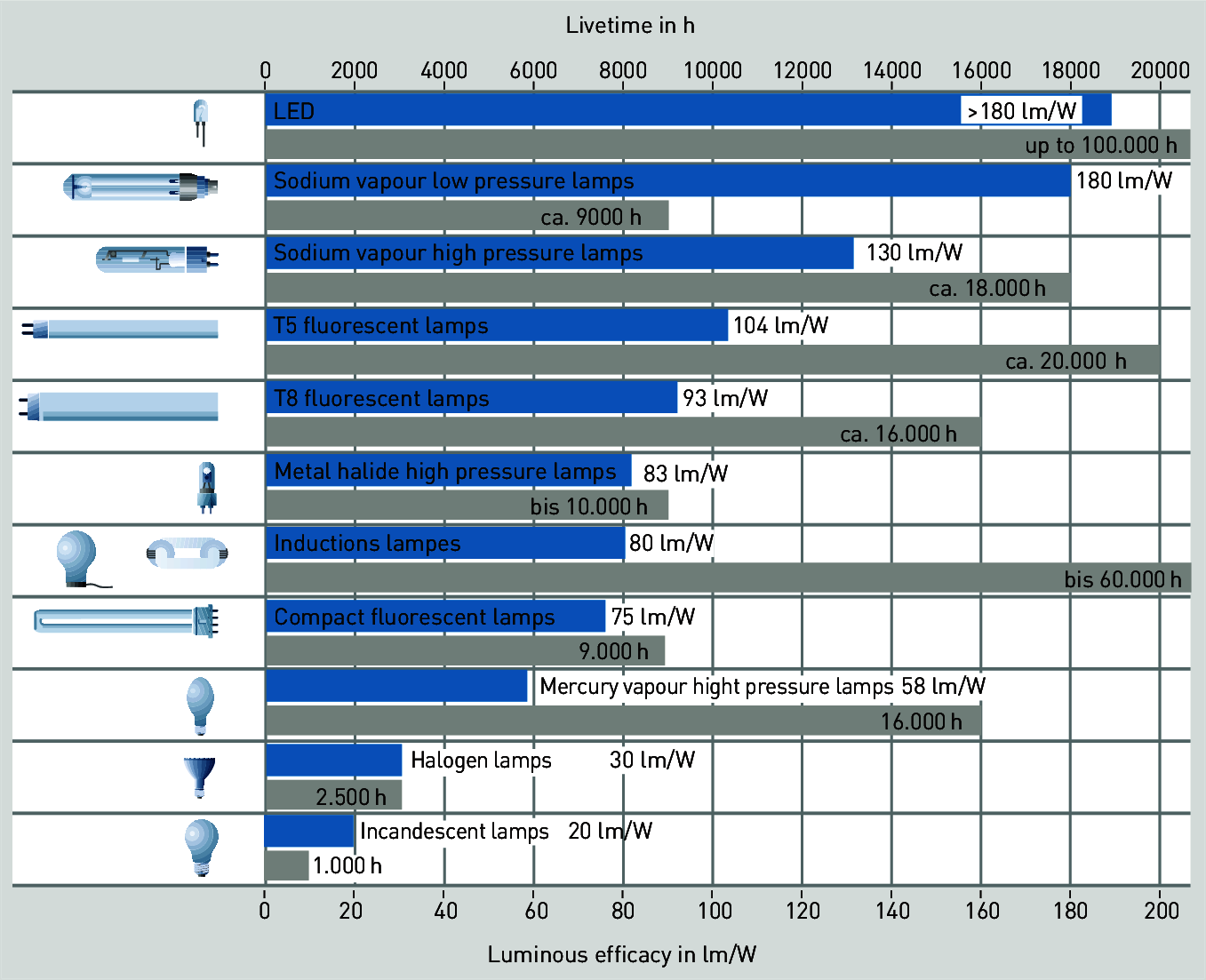Contents

Source: TRILUX
<>
Luminous Efficacy and Efficiency
Understanding Luminous Efficacy
Luminous efficacy is a measure of how well a light source produces visible light. It is typically expressed in lumens per watt (lm/W). The higher the luminous efficacy, the more efficient the light source is at converting electrical power into visible light.
Factors Affecting Luminous Efficacy
The spectral characteristics of the light source and the sensitivity of the human eye to different wavelengths play a significant role in determining luminous efficacy. Light sources with a more tailored spectrum can achieve higher luminous efficacy.
Importance of Fixture Design
The design of the fixture housing the light source can impact the overall luminous efficacy of the lighting system. Well-designed fixtures can minimize light losses and improve energy efficiency.
Luminous Efficiency Explained
Luminous efficiency is a measure of how efficiently a light source converts electrical power into visible light. It is calculated by dividing the luminous efficacy by the maximum possible efficacy.
Temperature, Dimming, and Aging Effects
The luminous efficacy of some light sources can vary with temperature, dimming levels, and aging. Understanding these effects is crucial for maintaining optimal efficiency over the lifespan of the light source.
Efficiency of Lighting Systems
Efficiency in lighting systems is not just about luminous efficacy but also considers factors like illuminance requirements, daylight utilization, and light absorption. Optimizing these factors can lead to significant energy savings.
Optimizing Illumination
By strategically placing light sources to meet specific illumination needs in different areas of a room, overall energy efficiency can be improved. Utilizing daylight and choosing reflective building materials also contribute to energy savings.
Conclusion
Understanding luminous efficacy and efficiency is essential for designing energy-efficient lighting systems. By optimizing light sources, fixtures, and illumination strategies, significant energy savings can be achieved while ensuring adequate lighting levels.
Source: LinkedIn
Feel free to comment your thoughts.




